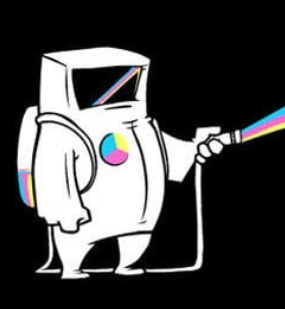They say it’s a picture of atoms, but what are the atoms: the glowing yellow balls or the entire meatball including the darker red? If it’s the meatballs, then why do some have apparently two nuclei?
Here’s the public press release: https://news.cornell.edu/stories/2021/05/cornell-researchers-see-atoms-record-resolution
Here’s the actual scientific article: https://www.science.org/doi/10.1126/science.abg2533


I have a followup question: When scientists are taking these images, are they just static snapshots or does the technology to see them doing their thing in real time exist? Are they even actually “pictures” in that sense, or are they just representations of things we can’t actually see?
These images are generated from processing many out of focus images while scanning across the area. They use the differences between the out of focus images to compute what must have caused those differences.
So this technique is pretty far from being able to capture real time events as it requires capturing hundreds of images to produce a single computed image. The paper talks about how thermal motion of the nuclei is what now dominates the limits of resolution for this method.
There are other ultrafast imaging techniques that can capture essentially real-time chemical reactions, but I believe those don’t come close to this spatial resolution.